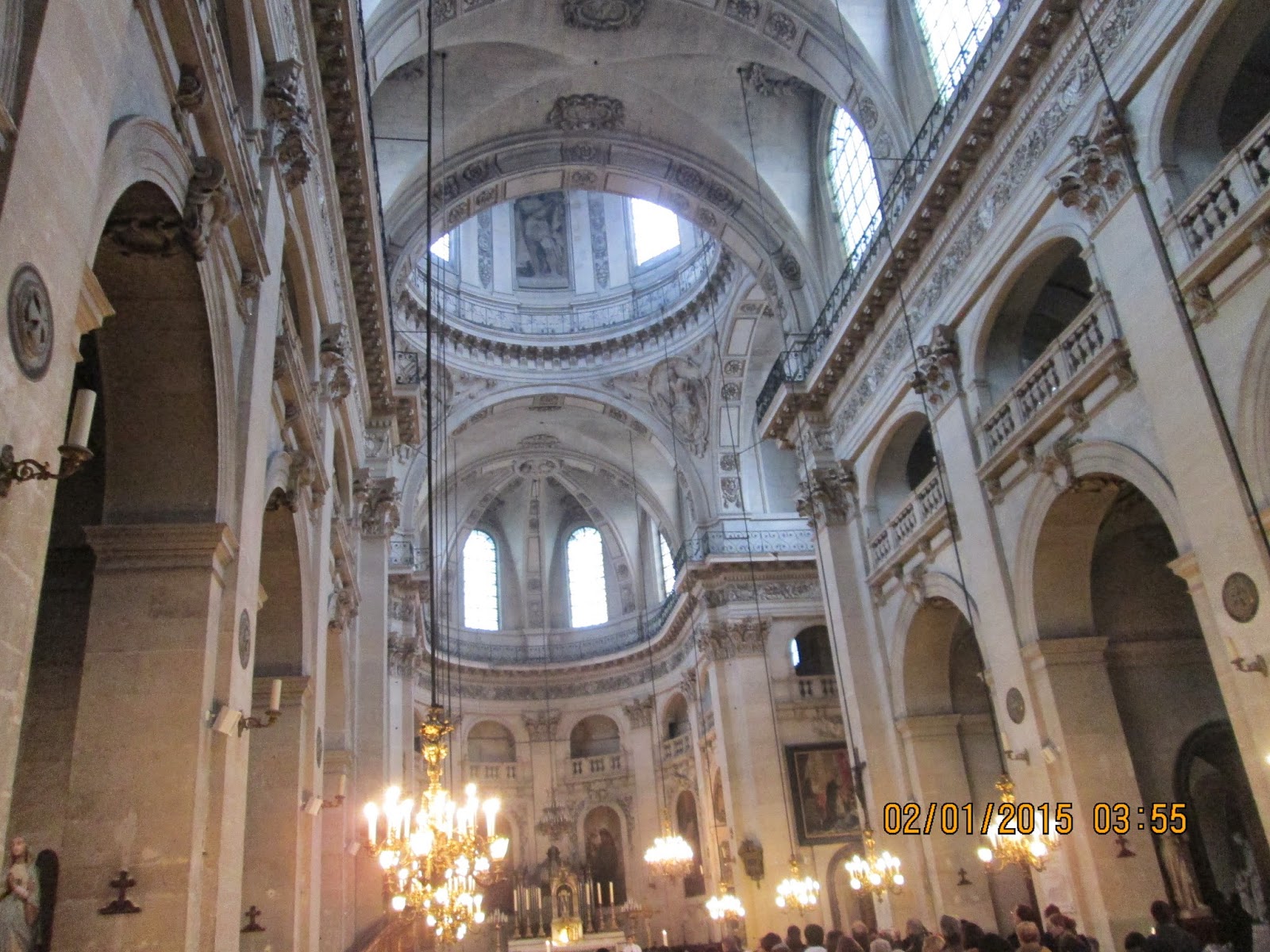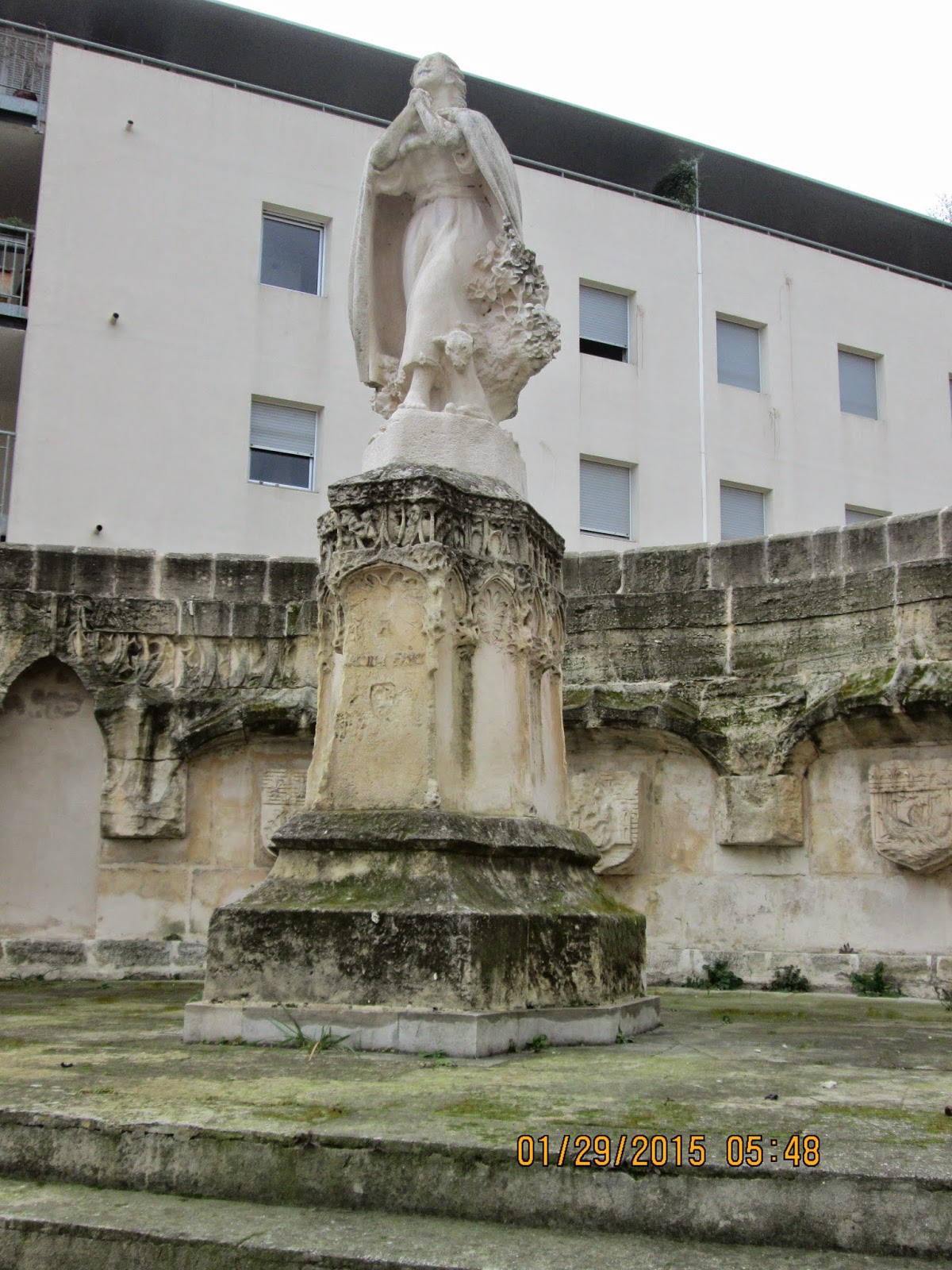After writing this blog about my 2014 attempt, I hiked the Camino successfully in 2015 and wrote an ebook about it. The book is for sale on all Amazon sites worldwide and includes hundreds of color photographs. The title is: A Senior Citizen Walks the Camino de Santiago.
Click here for more information on the book.
I intended to do this entry on Friday or Saturday, but I underestimated how much time my post-trip obligations would take up including working as a "volunteer" Saturday at a bike race that our bike racing team, Team RPM, put on.
Click here for more information on the book.
I intended to do this entry on Friday or Saturday, but I underestimated how much time my post-trip obligations would take up including working as a "volunteer" Saturday at a bike race that our bike racing team, Team RPM, put on.
I managed to get through a month of flying on crowded airplanes, riding in crowded buses and trains, and sleeping in shared dormitory rooms without a sniffle. Today I have the first symptoms of a cold, which I obviously caught in sunny Phoenix. :(
The flight back from Brussels to Newark (outside New York City) arrived very late. We were delayed on the ground in Brussels by freezing rain that caused ice to form on the plane's wings, and our plane had to wait its turn for deicing. I should have had several hours to recover in Newark Airport, but as it turned out, once I got my baggage, got through customs, and rechecked my bag, I had to hurry to catch my connecting flight. The system in Europe is simpler. If you have a connecting flight, you don't have to take your checked baggage through customs unless there is a question about it. You luggage is checked through to your final destination.
On the flight from Phoenix to Newark, shortened to five hours by favorable winds, my seat companions were a French Canadian couple who spoke little English, so I got to use my inadequate French one last time.
Oh, the bike race Saturday. Yes, I raced in the 70 plus age group. There were only five of us, and I came in dead last. I wasn't disappointed, because it was my first real bike ride in a month, and I managed to hang on about halfway through the race before the other four left me behind. It was a circuit race, and I was worried about taking one fast 90-degree corner on a downhill in a group after not having taken a fast turn on the bike in such a long time, but it turned out that I handled it fine.
This is the last entry until sometime in July, when I head to Europe again to make one more attempt to do the entire Camino de Santiage de Compostela, 500 miles or 800 kilometers, on foot. I will leave open the option of doing it on a bicycle if the tendons in my left leg haven't completely healed from last summer's attempt (it's been seven months, and the tendons are still not completely healed).
Oh, page views during the past week. Views were understandably down, as the trip ended last Thursday, but here are the views by country:
Belgium 60 (due to the fact that Melonie of the Brussels Youth Hostel has lots of local admirers, I assume)
USA 26
Germany 5
France 5
Netherlands 5
Spain 3
Ireland 2
Argentina, Italy and Latvia 1 each.
Oh, page views during the past week. Views were understandably down, as the trip ended last Thursday, but here are the views by country:
Belgium 60 (due to the fact that Melonie of the Brussels Youth Hostel has lots of local admirers, I assume)
USA 26
Germany 5
France 5
Netherlands 5
Spain 3
Ireland 2
Argentina, Italy and Latvia 1 each.


















































